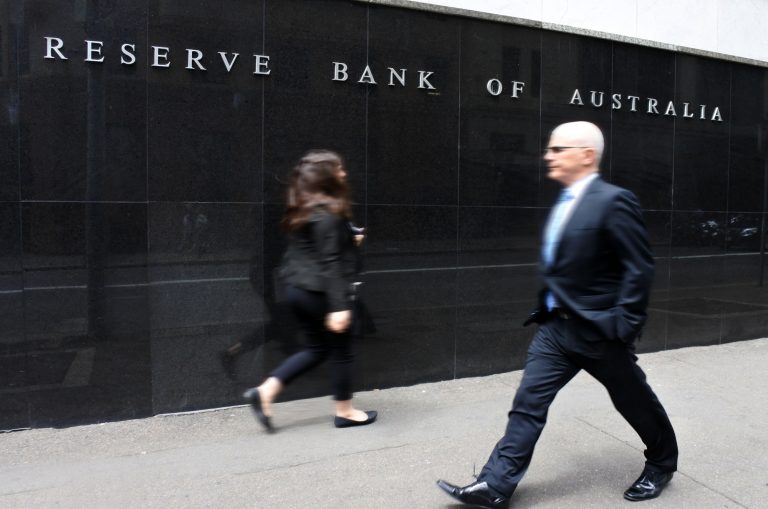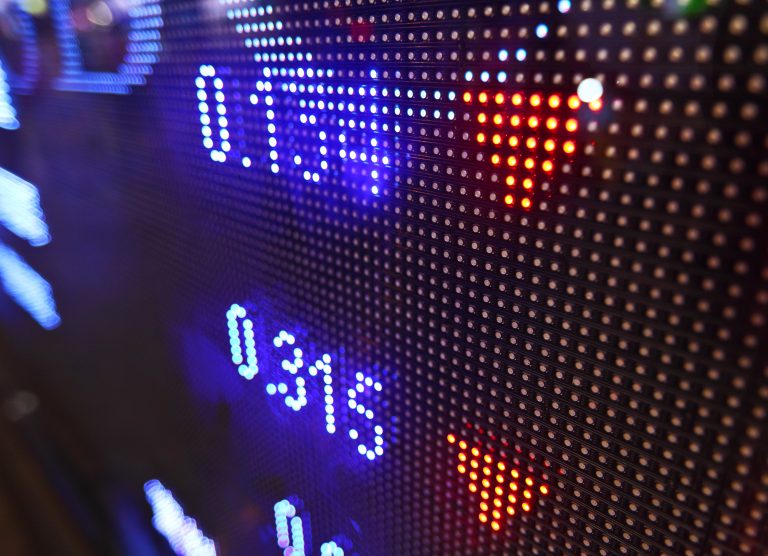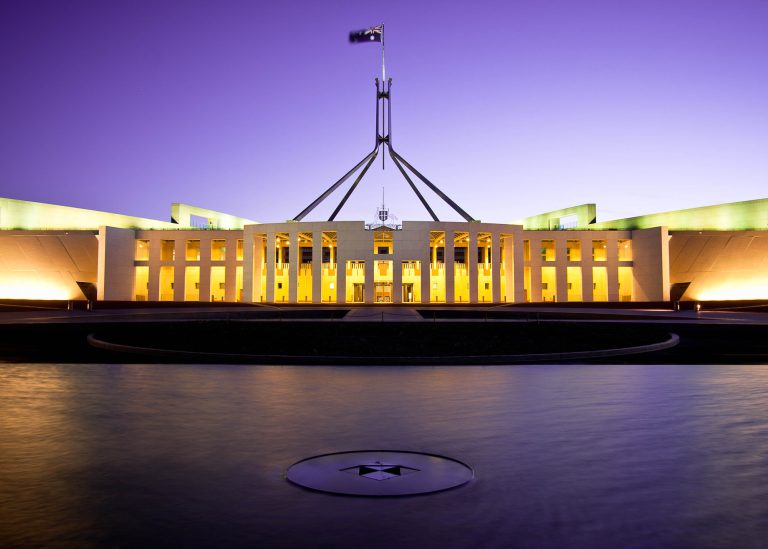Quarterly Economic Update: January-March 2023
The Reserve Bank of Australia has decided to pause its cycle of interest rate hikes, keeping the cash rate target unchanged at 3.6 percent due to softening inflation data, a flat unemployment rate, and the need to assess the impact of previous rate hikes on the economy. The Consumer Price Index slowed from 7.4 per cent to 6.8 per cent for the year to February with prices increasing by just 0.2 per cent for the month of February itself, raising hopes the Reserve Bank might halt any further interest rate increases. Economists though remain divided on the outlook for interest rates. Some point to the low inflation rate recorded for the month of February and say the back has been broken regarding the recent price hikes of the past year. That any further rate rises will risk tipping the domestic economy into recession with local activity already stalling in key industries such as the housing construction industry, local tourism and other recreational industries. Some economists though point to the fact inflation remains doggedly above the Reserve Bank’s preferred inflation range of between 2 and 3 per cent and that consumer spending remains doggedly high despite recent rate hikes. Recession fears are also growing, given the ACTU’s push this year for a 7 per cent increase in the minimum wage from $21.38 an hour to $22.88, taking the minimum wage to $45,337 a year for some 2.4 million workers – a pay rise of some $3,000 a year. This comes hard on the heels of last year’s minimum wage rise of 5.2 per cent. More, the ACTU is pushing for this increase to flow to a range of other award rates, prompting concerns any such move could spark a wage rise – price hike spiral, reminiscent of the 1970’s. However, the ACTU argues the cost-of-living pressures are now so high that this increase is needed just to stop workers falling in poverty. That low-income workers typically spend every cent they earn, and this is exactly what is needed to keep the local economy growing. It also points to continued record high levels of corporate profits in recent years and argues Australian employers can easily afford to pay their workers more without it placing further pressure on prices. Not surprisingly business groups point to Australia’s low level of productivity gains, another increase in the Employers Superannuation Guarantee contribution, to which is set to rise to 11 per cent next financial year and higher funding costs, to argue against any pay increases. Meanwhile, the Federal Government is set to release its first full year budget this quarter. The overriding concern is whether the Government will take this opportunity to deal with the significant structural funding issues within the budget and so start to haul in the Federal deficit. While Government revenues continued to be bolstered by strong international trading conditions for Australia’s key exports of iron ore, coal and wheat, it remains a simple fact that the Federal Government spends more on goods and services than it receives by way of taxes. This situation will only be made worse by the recent decision to acquire a new fleet of state-of-the-art submarines and other military equipment that is expected to add billions of dollars to Government spending over the next few decades. All at a time, when the Government is equally committed to spending billions helping the domestic economy transition away from fossil fuel energy sources and embark on building a new low carbon economy. Meanwhile, a growing number of economists believe the US economy will most certainly fall into recession sometime this year, as its central bank also deals with a blow-out in domestic inflation by increasing local interest rates. While US employment figures remain strong, the recent US rate hikes have put undue pressure on a number of US and international banks, causing the collapse of two high profile banks in recent months. Although the US banking system remains strong, there are fears that these failures will cause a retraction in lending to businesses and so will further increase the likelihood and depth of any pending recession. The information provided in this article is general in nature only and does not constitute personal financial advice.





